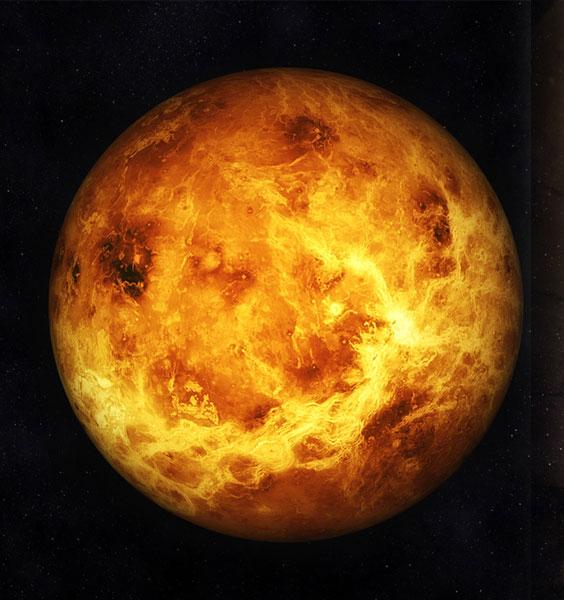Researchers in the US are used a photodiode built from silicon carbide (SiC) to develop and demonstrate a UV imager that reliably operates in hot and harsh environments of 500 ºC to study the composition and structure of Venus’ surface and atmosphereThe Electronics and Sensing Team at GE Research is working on a three-year, $1.7m grant by NASA through their High Operating Temperature Technology (HOTTech) program to develop and demonstrate a self-illuminating UV imager that can withstand Venus’ extreme temperature and pressure environment to study the composition and structure of the planet’s surface and atmosphere.
Venus is the hottest planet in the Solar System, with extreme atmospheric pressures and surface temperatures of 475 degrees Celsius, or 900 degrees Fahrenheit. High temperature, ruggedized electronics are essential for enabling long-term robotic exploration in extreme environments like on Venus.
The agency’s HOTTech program supports the development of high temperature electrical, electronics and electric power systems that significantly enhance space exploration and discoveries to high-temperature, harsh environments like on Venus.

